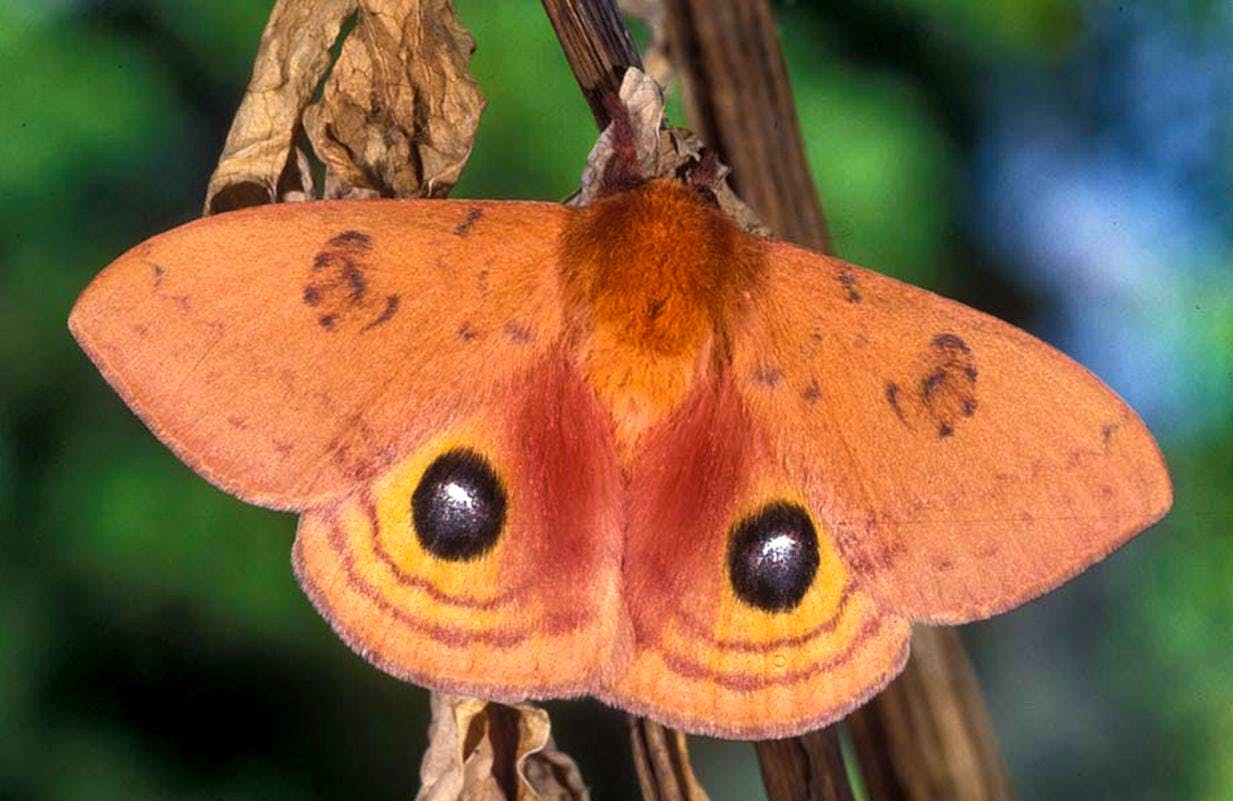Contact: Rebecca Bullis, Defenders of Wildlife, rbullis@defenders.org, 202-772-0295
Brian Segee, Center for Biological Diversity, bsegee@biologicaldiversity.org, 805-750-8852
WASHINGTON (May 4, 2018) – Defenders of Wildlife, along with the Center for Biological Diversity and Patagonia Area Resource Alliance, today filed a notice of intent to sue the U.S. Fish and Wildlife Service to protect the Patagonia eyed silkmoth under the Endangered Species Act.
The rare Patagonia eyed silkmoth is clinging to survival in only three isolated locations in Arizona and Mexico. The groups previously petitioned the Fish and Wildlife Service to list the moth under the Endangered Species Act and designate critical habitat for the species.

“The Patagonia eyed silkmoth is hanging by a thread. With the only U.S. population existing in an Arizona cemetery where its only remaining food source could be wiped out by cattle, this species clearly needs federal protection to save it from extinction,” said Lindsay Dofelmier, legal fellow for Defenders of Wildlife. “The Fish and Wildlife Service’s decision to dismiss evidence supporting listing the Patagonia eyed silkmoth was arbitrary. By failing to provide adequate explanation for the decision and not allowing for a 12-month status review, the Fish and Wildlife Service put the species at risk. Listing the silkmoth and designating critical habitat provides the best chance for recovery.”
The Patagonia eyed silkmoth exists in a single U.S. location, in an Arizona cemetery less than half an acre in size. In Sonora, Mexico, it lives on two sky islands, higher elevation areas that are ecologically different from the lowlands surrounding them.
“The Patagonia eyed silkmoth needs endangered species protections now so we can start the work of recovering this beautiful animal,” said Brian Segee, a senior attorney with the Center for Biological Diversity. “The Endangered Species Act has saved more than 99 percent of plants and animals with its protections from extinction, and it can do the same for this rare moth.”
Cattle grazing was the primary historic cause of habitat loss for the moth and continues to play a major role in the precarious situation of the species. Mining and climate change also threaten to destroy the last vestiges of potential silkmoth habitat on both sides of the border. A catastrophic fire at critical times of the year, when the adults, eggs or larvae are out, could completely erase the moth from any of these remaining localities. Listing the silkmoth and designating critical habitat for the species offers its best chance of survival and recovery.
For over 75 years, Defenders of Wildlife has remained dedicated to protecting all native animals and plants in their natural communities. With a nationwide network of nearly 2.1 million members and supporters, Defenders of Wildlife is a leading advocate for innovative solutions to safeguard our wildlife for generations to come. To learn more, please visit https://defenders.org/newsroom or follow us on X @Defenders.
News

Defenders Celebrates Tremendous Step to Restored Florida Rivers

